The Piedmont Environmental Council supports solar energy. For decades now, we have been a committed advocate for rooftop and ground mount systems. This distributed form of generation is a cost-effective way to increase energy security, address environmental challenges like climate change, and provide power at peak times while reducing the need for larger centralized power facilities and associated infrastructure. In addition, we have spoken in support of carefully sited utility-scale solar proposals, like the Dominion facility located in Remington, VA.
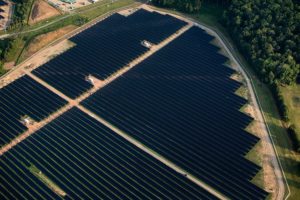
Over the past decade, the declining cost of solar panels, coupled with rising demand for clean energy sources has spurred interest in the development of utility-scale solar facilities throughout Virginia. These facilities are often located in rural areas and consume significant acreage (many are well over 1000 acres). They have many of the same environmental benefits as rooftop solar. However, they more resemble light industrial sites and it is proving difficult to protect natural, cultural, and historic resources from poorly planned or sited facilities.
The larger the facility, the higher level of difficulty avoiding or mitigating impacts to communities and important natural, cultural and historic resources.
Utility-scale solar facilities require a substantial amount of land for energy production — as much as 7 to 10 acres per megawatt (MW) of rated capacity. Based on size, location, visibility, impacts to agricultural and natural resources, and the potential for additional infrastructure, a locality needs the ability to determine the appropriateness of sites to address those impacts. Utility-scale facilities will play a critical role in the Commonwealth’s transition to clean energy. However, they need not come at the expense of our most productive agricultural and forested areas.
Virginia Conservation Network briefing paper:
Maximizing benefits and minimizing impacts related to utility-scale solar >>
Images from Spotsylvania County in Virginia:
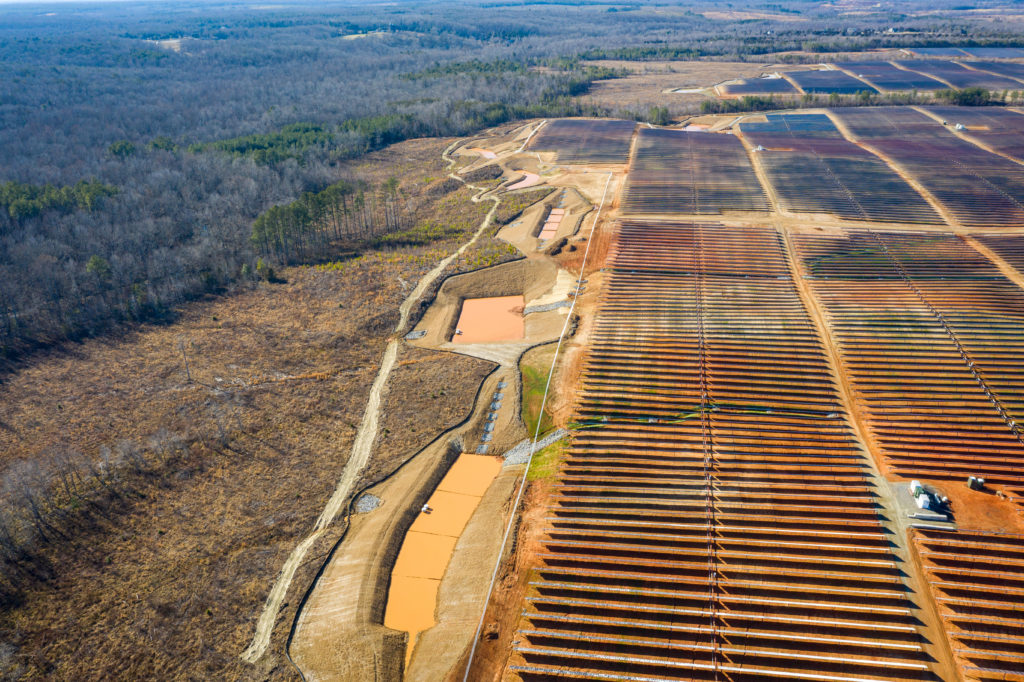
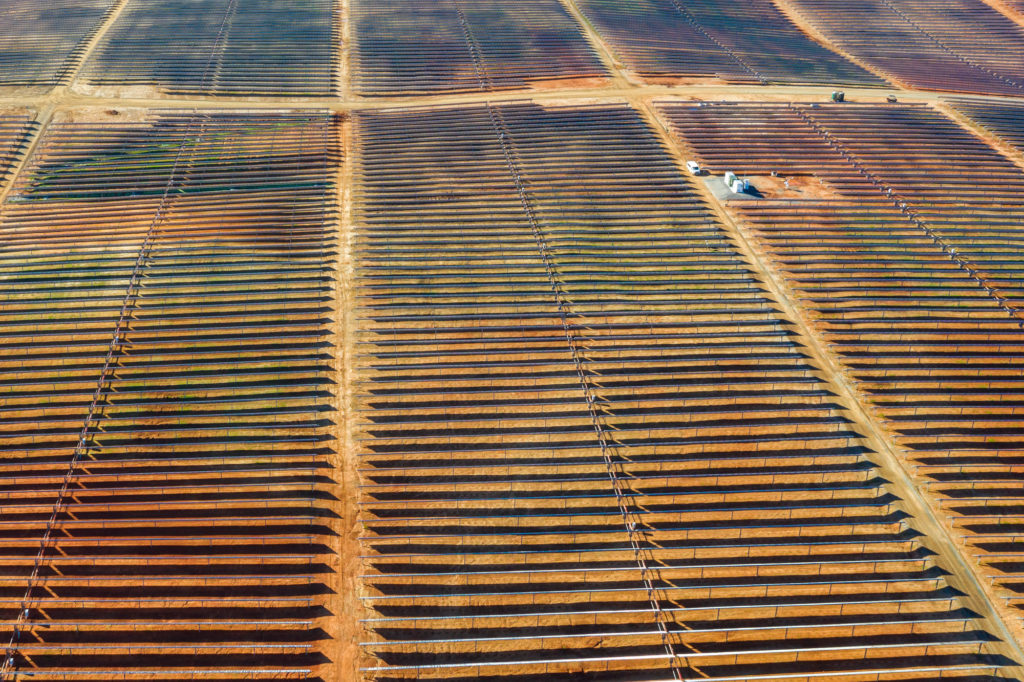
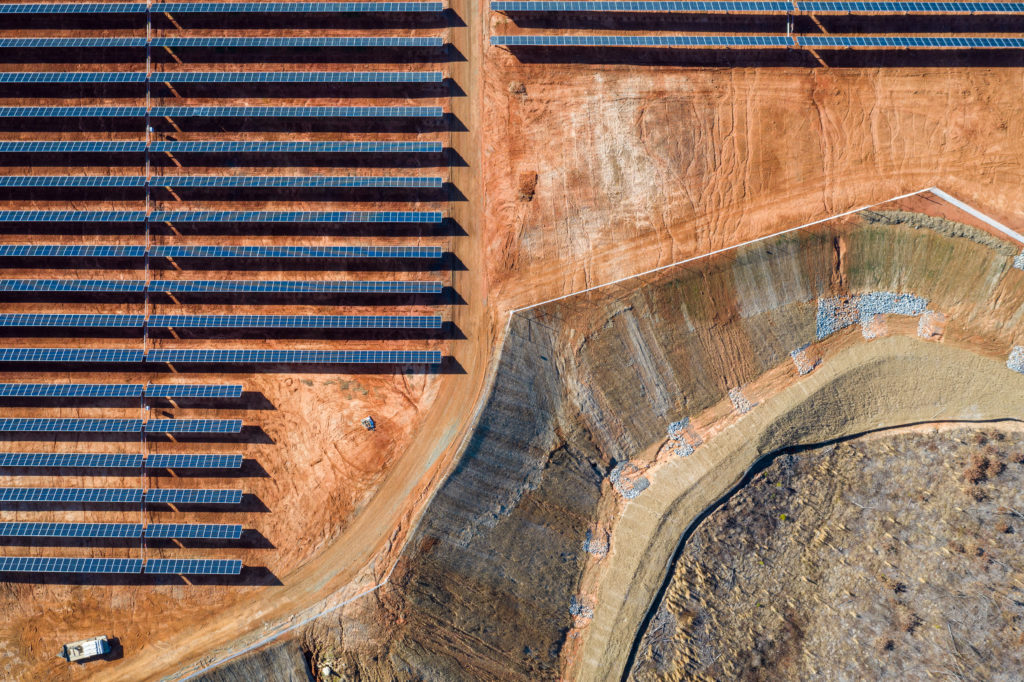
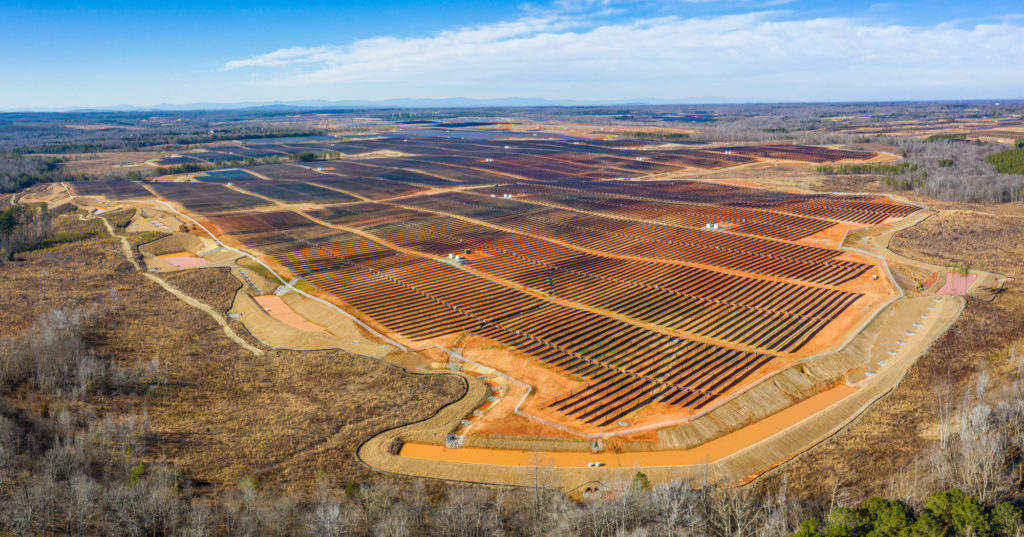
Looking forward
With solar energy ascendant, we are beginning to see significant impacts to our farms and forests, with 58% of utility-scale solar projects occurring on forested lands, and nearly 25% occurring on cropland (source, p. 23). This trend exists despite the availability of brownfields, abandoned mining land and existing transportation and transmission corridors (source).
PEC believes that a false choice is being set up between pursuing a clean energy future and protecting our most sensitive natural resources. That is why in 2022 we worked with a bipartisan group of legislators, as well as partners like The Nature Conservancy, Alliance for the Shenandoah Valley, and the Virginia Conservation Network, among many others, to pass House Bill 206, which provides a path toward reasonable mitigation standards for utility-scale solar projects that significantly impact critical farm and forest lands.
Virginia can have clean energy AND healthy farms and forests. It is not an either-or choice.
Additional Resources:
- HB 206 Getting Solar Siting Right
- Maximizing Benefits and Minimizing Impacts of Utility-Scale Solar (Virginia Conservation Network briefing paper by PEC’s Dan Holmes & Chelsea Barnes of Appalachian Voices)
- Optimal Solar Siting for Maryland: A Pilot for Baltimore County and City (Chesapeake Conservancy report)
- Alliance for the Shenandoah’s Utility Scale Solar web resources
- Southern Environmental Law Center Solar Initiative Solar Policy Brief
- PEC’s 2019 Utility-Scale Solar Policy Document >>
- NC Clean Energy Technology Center
- The County Pulse Podcast – Virginia Association of Counties Podcast – Utility-Scale Solar Energy
